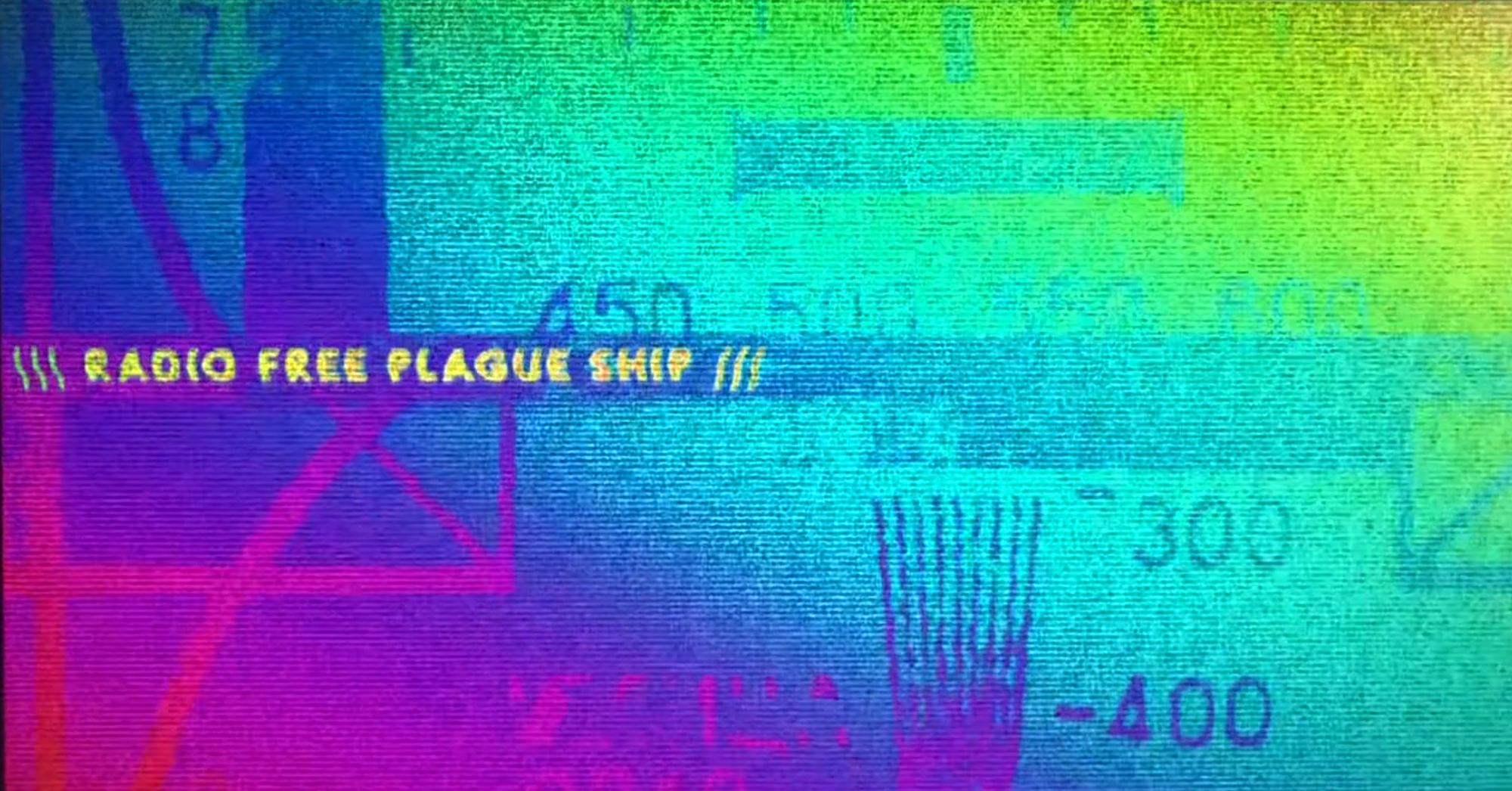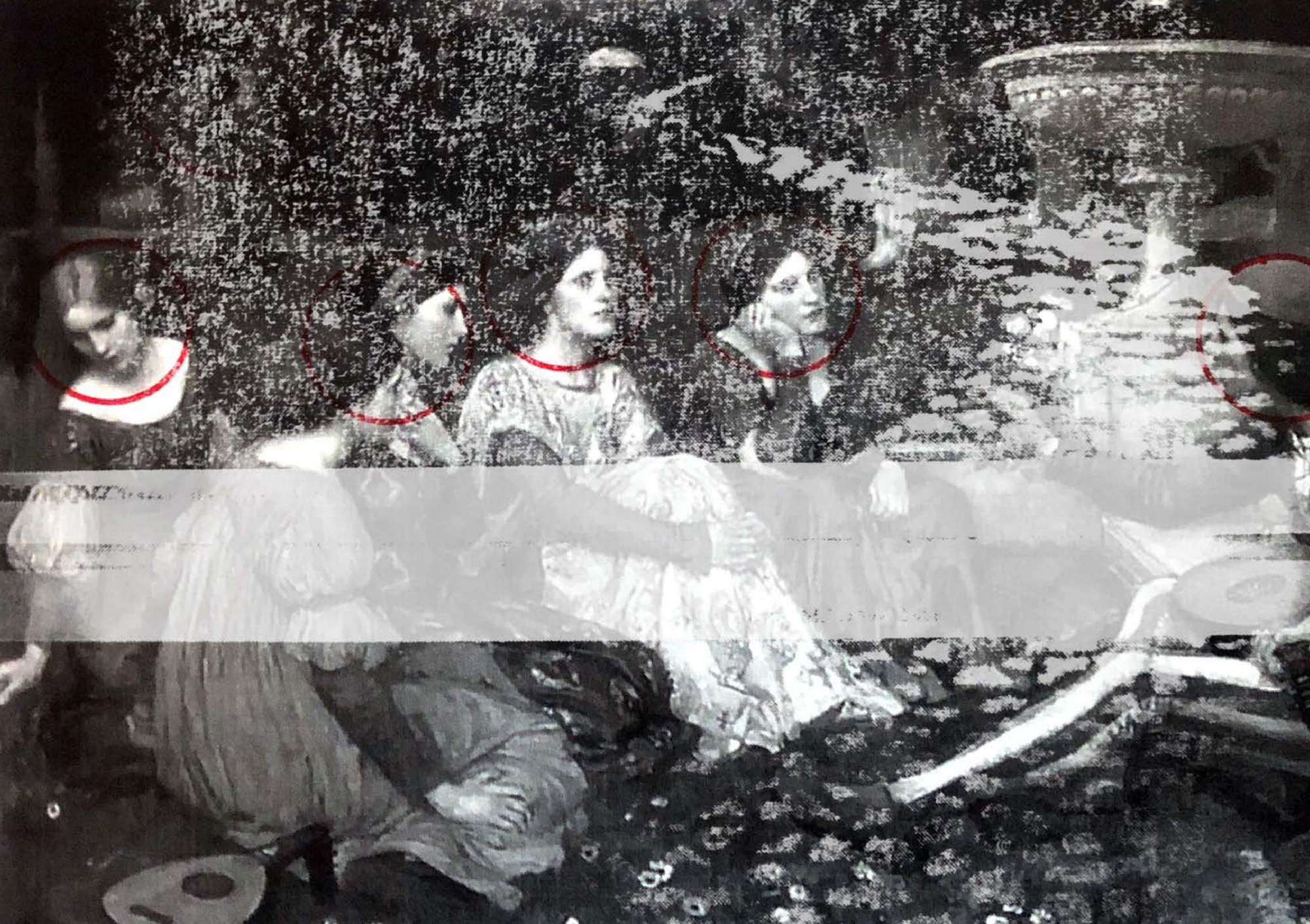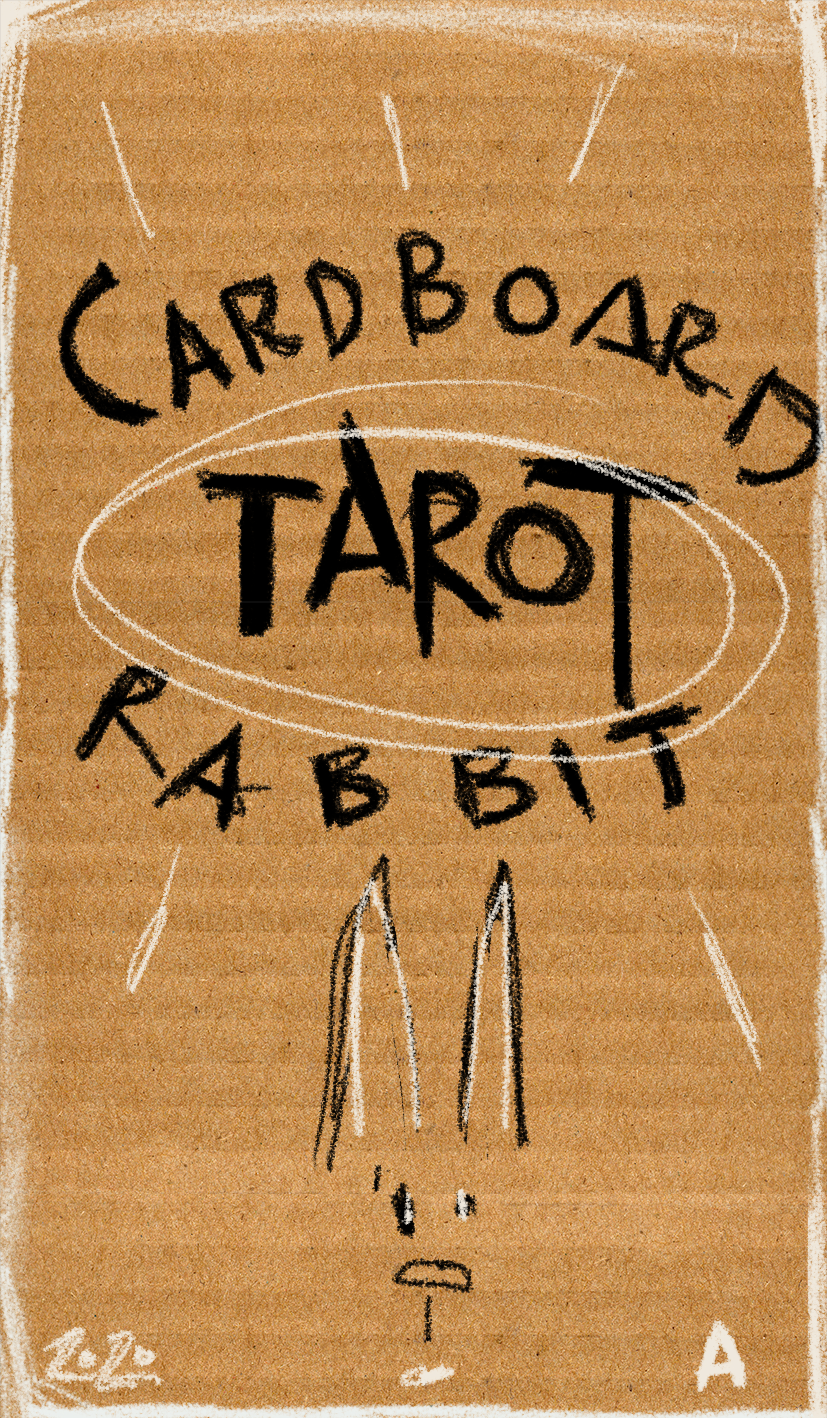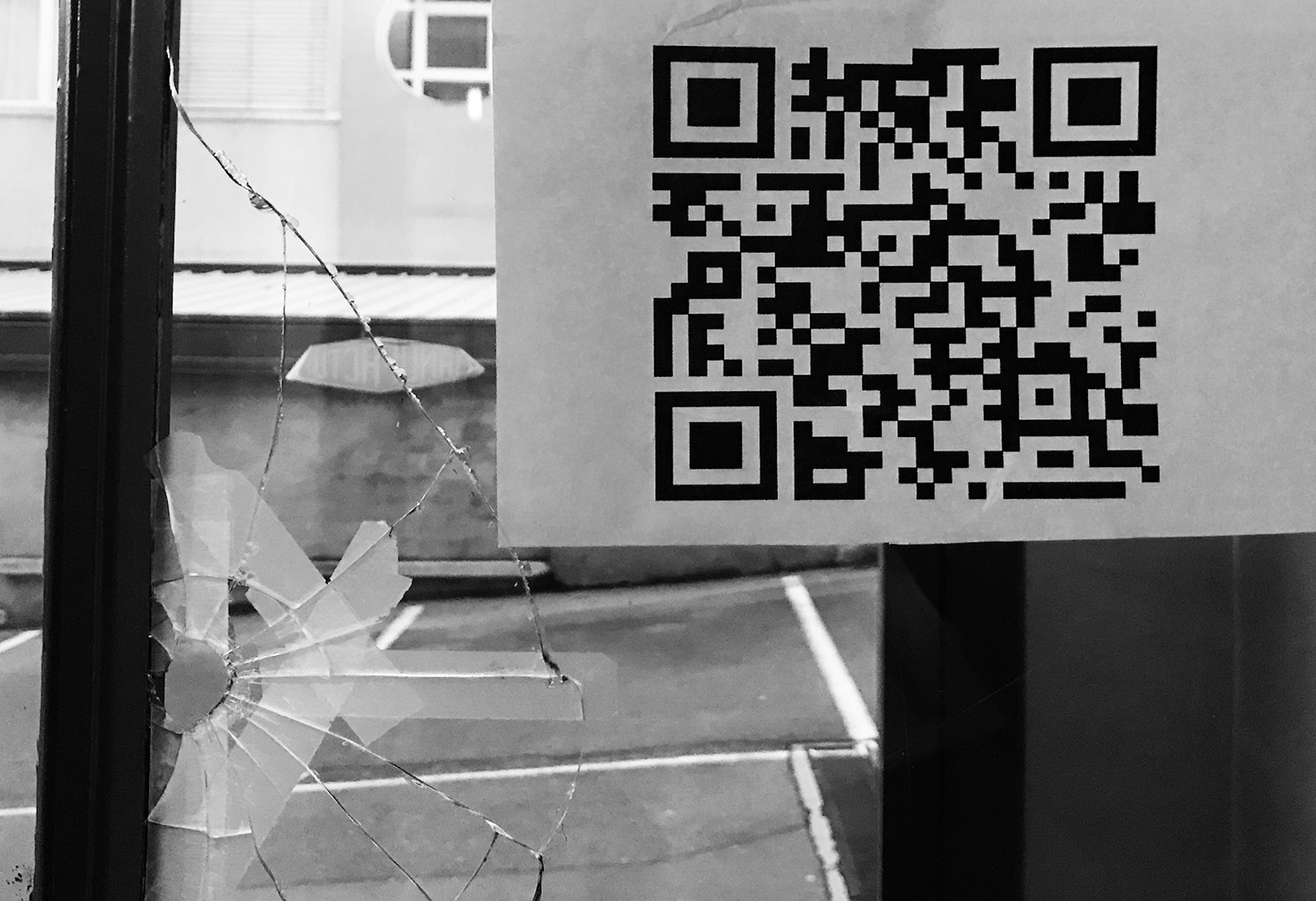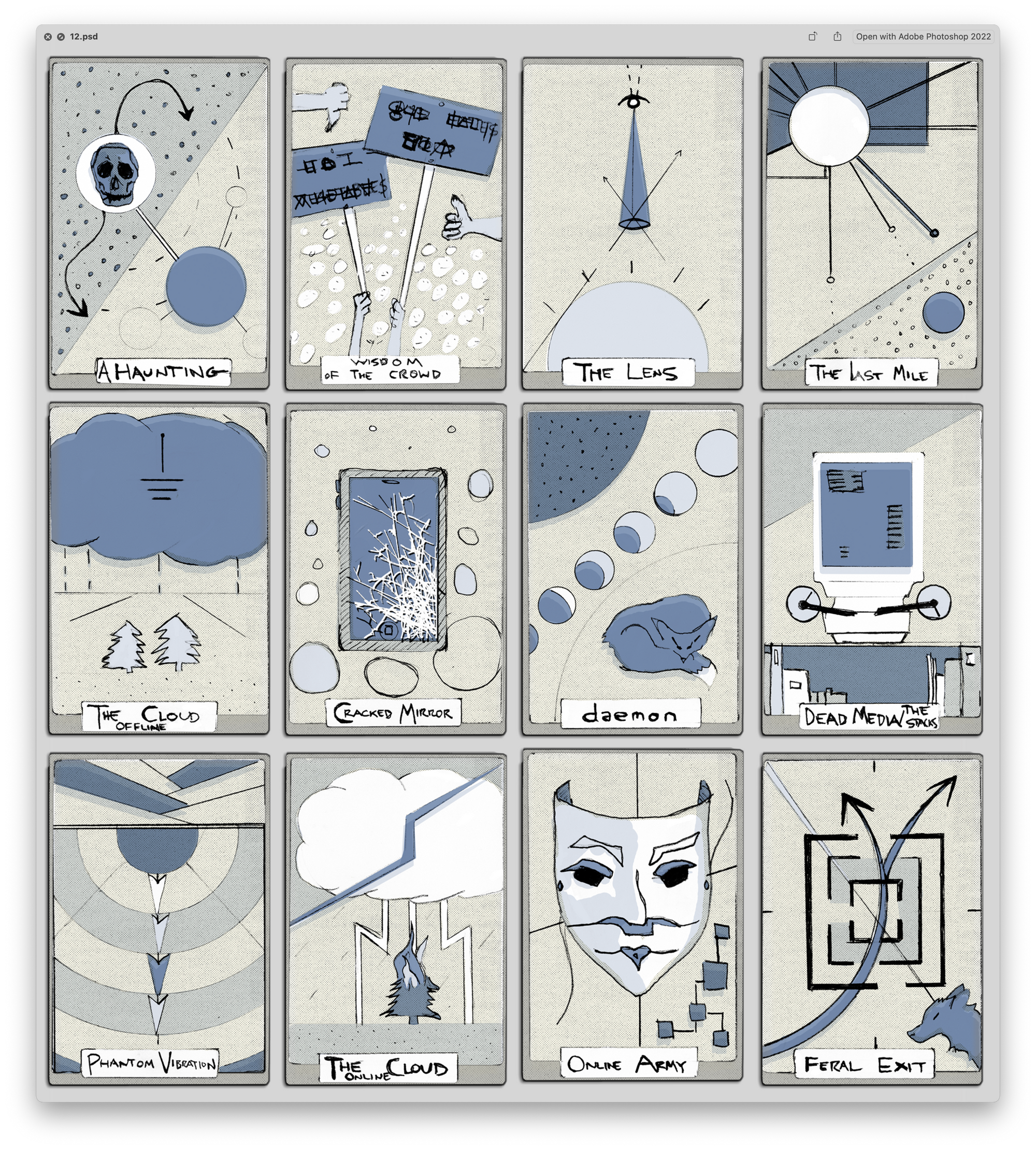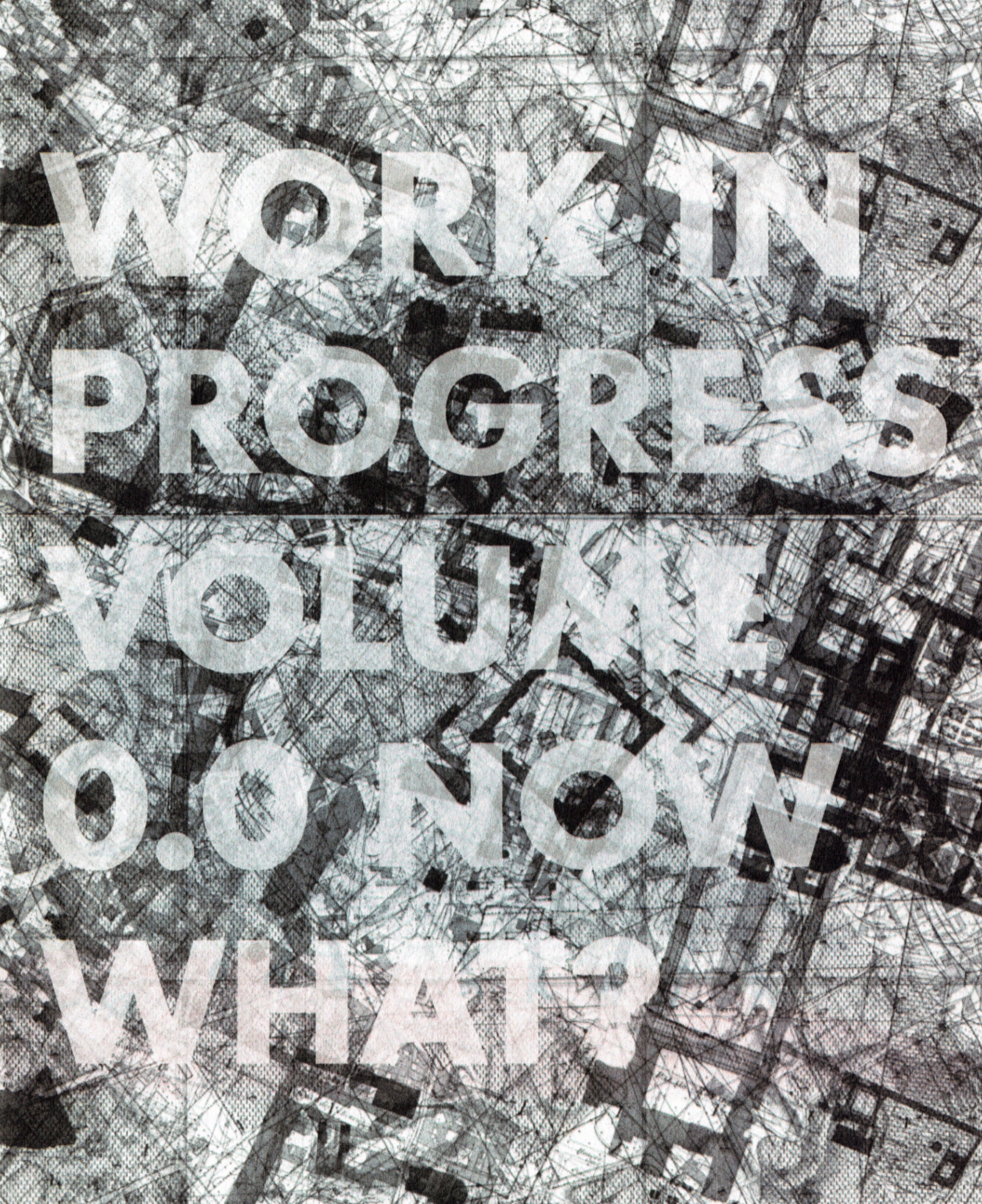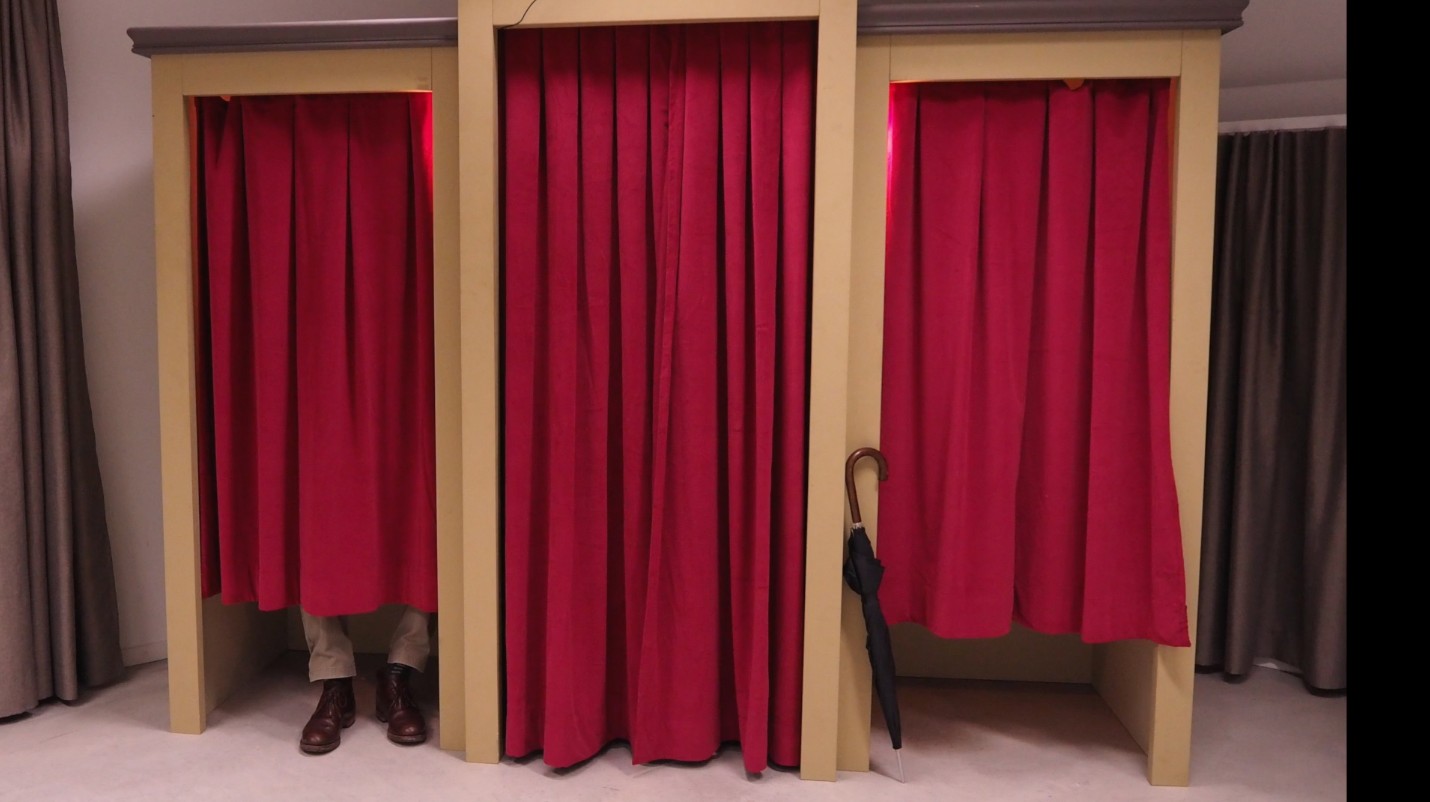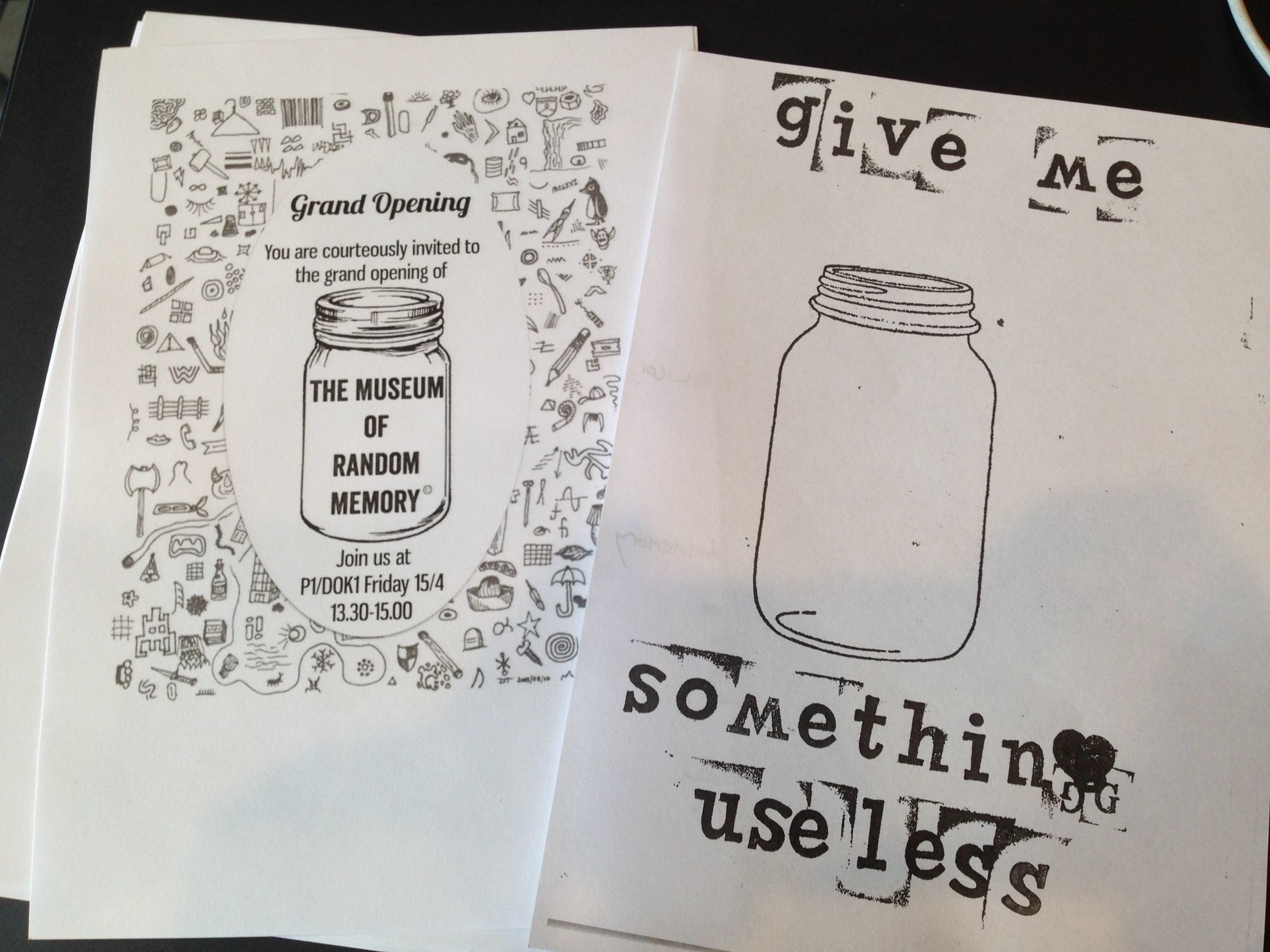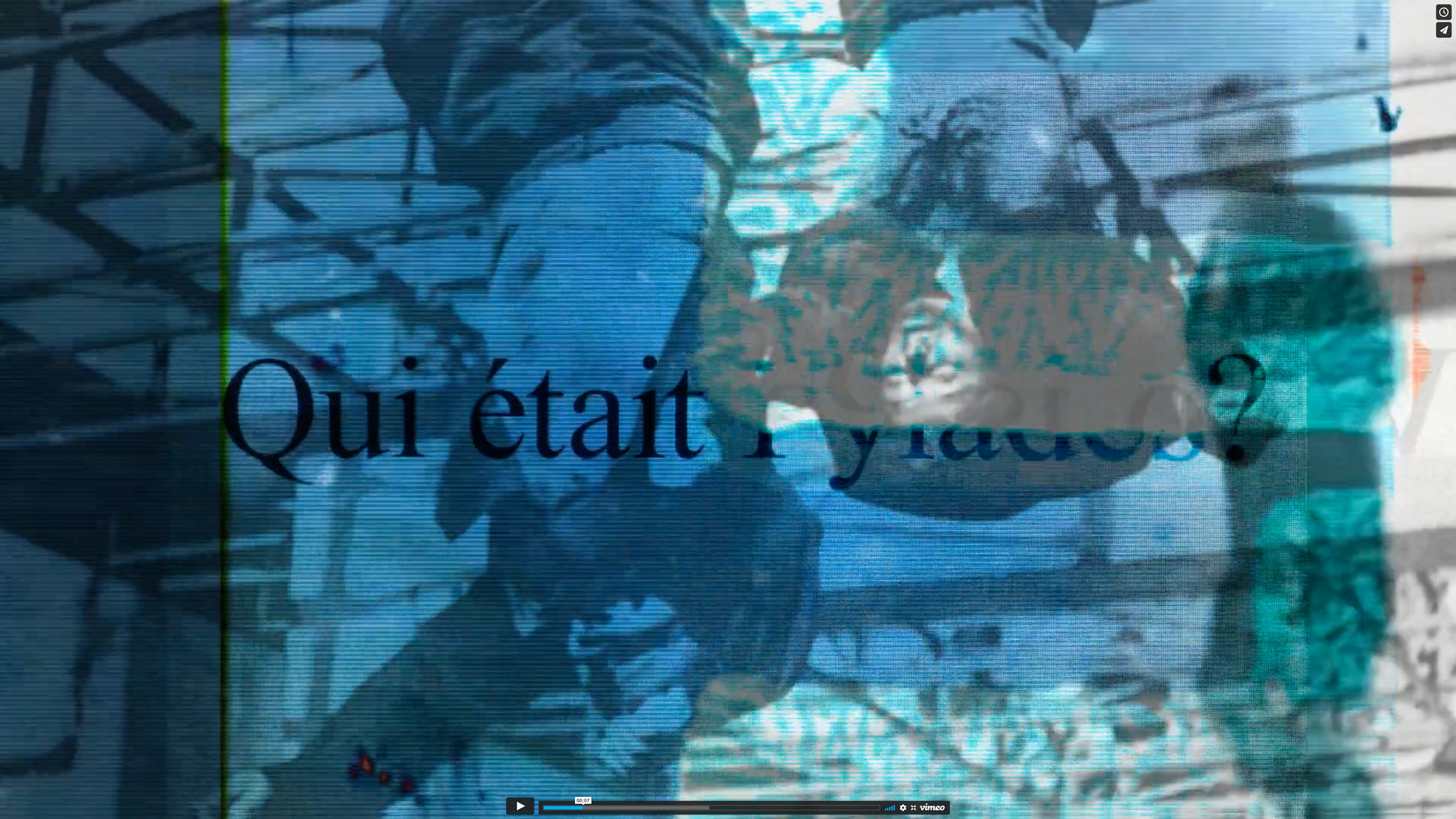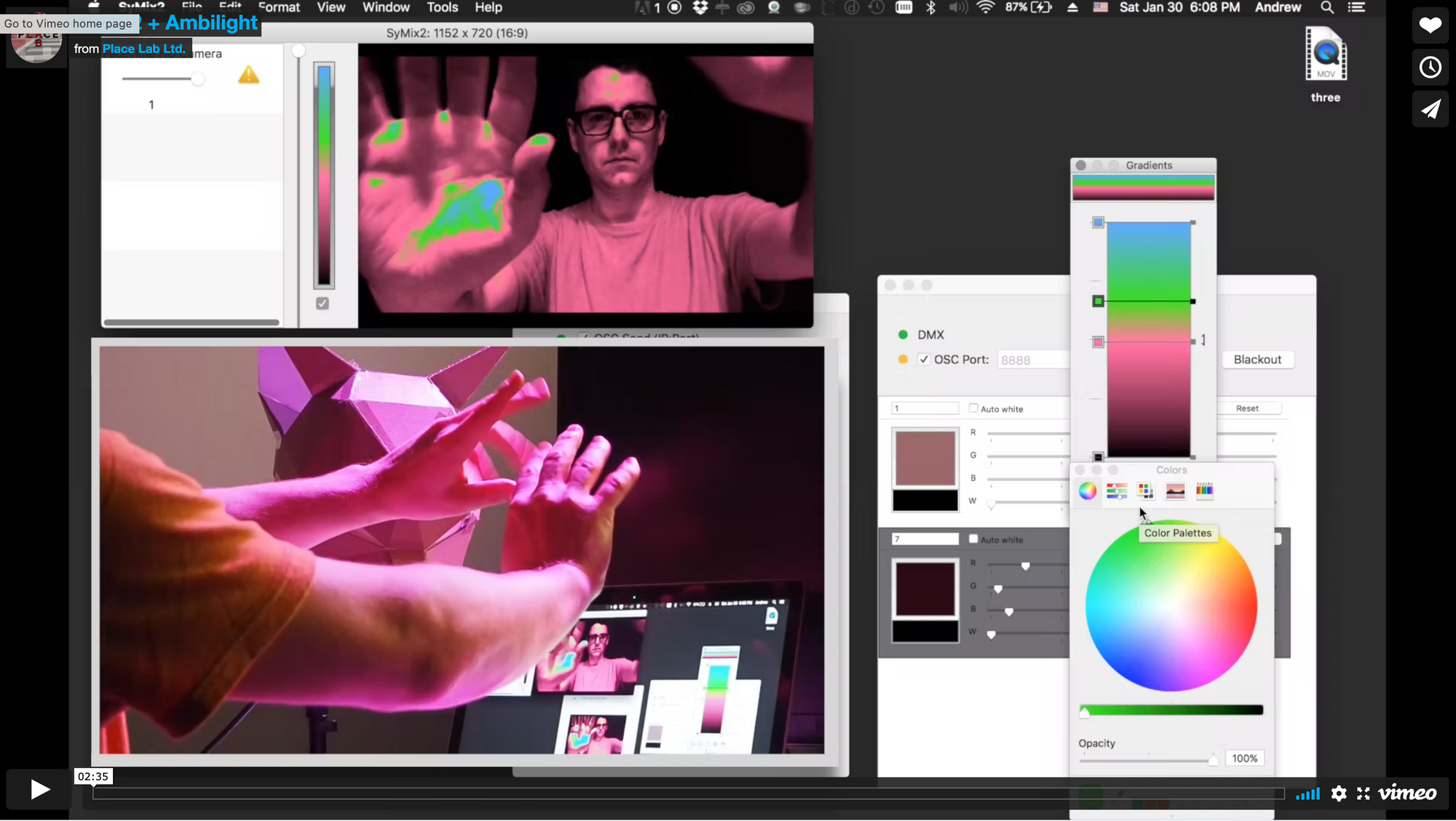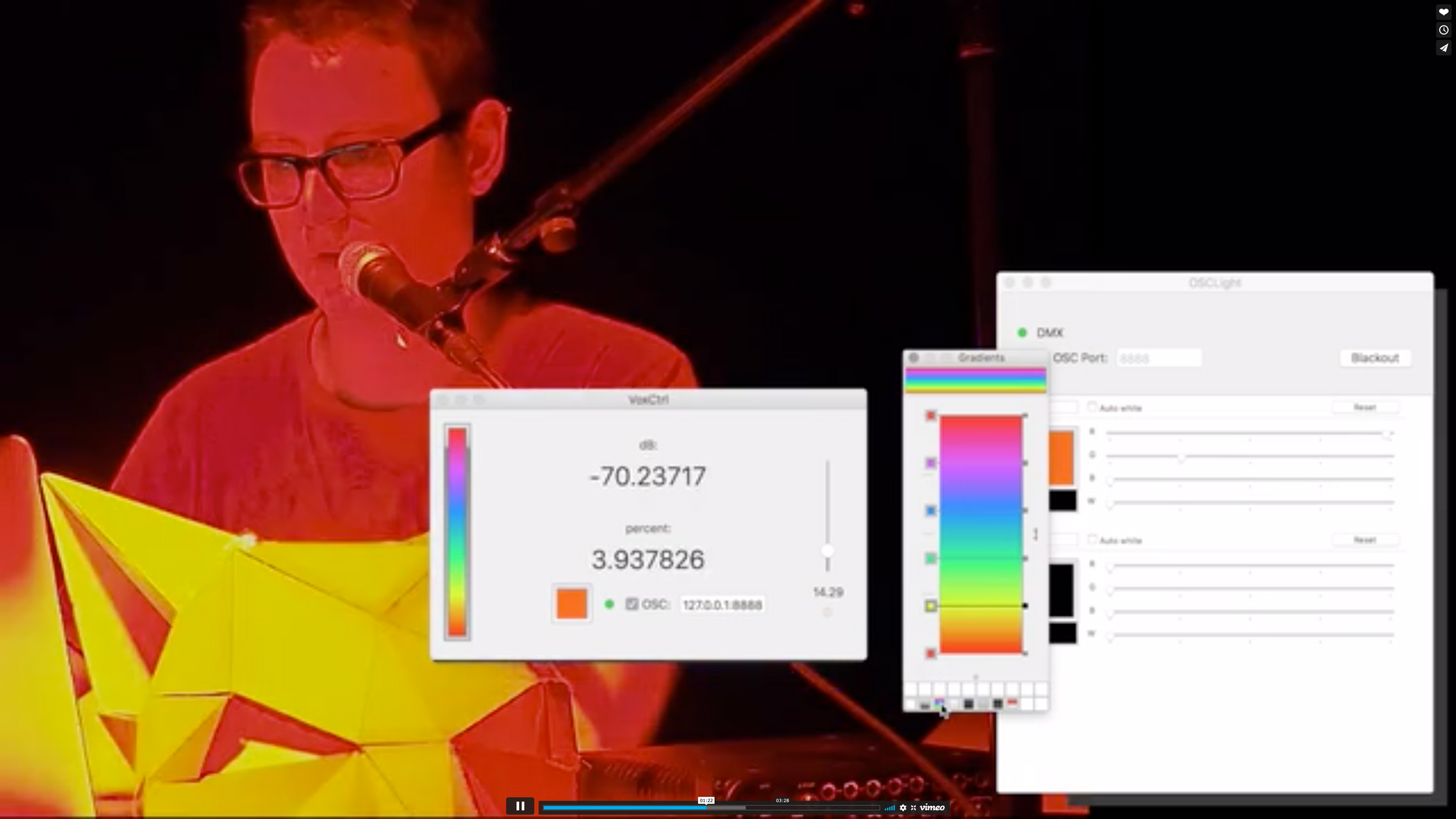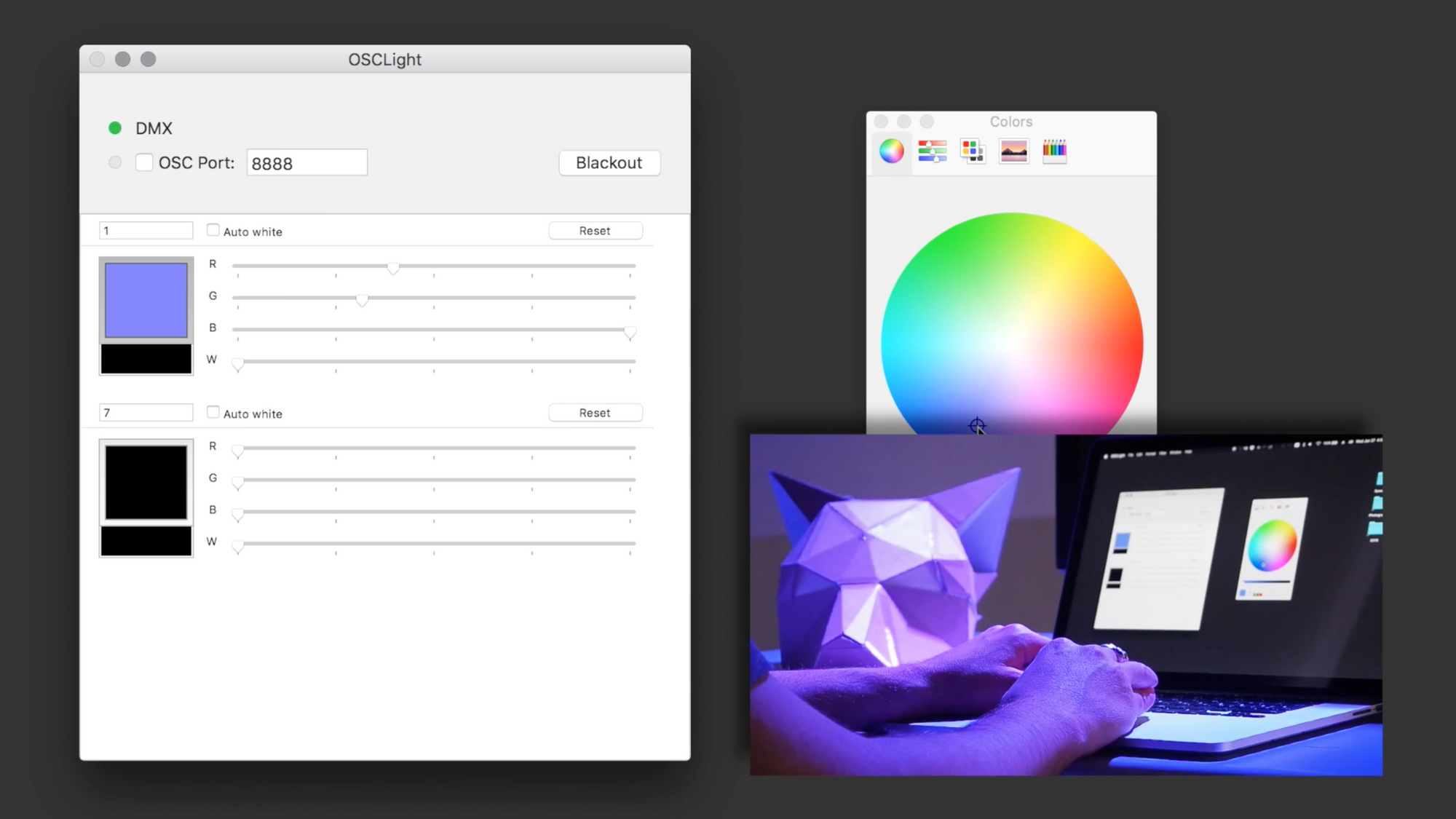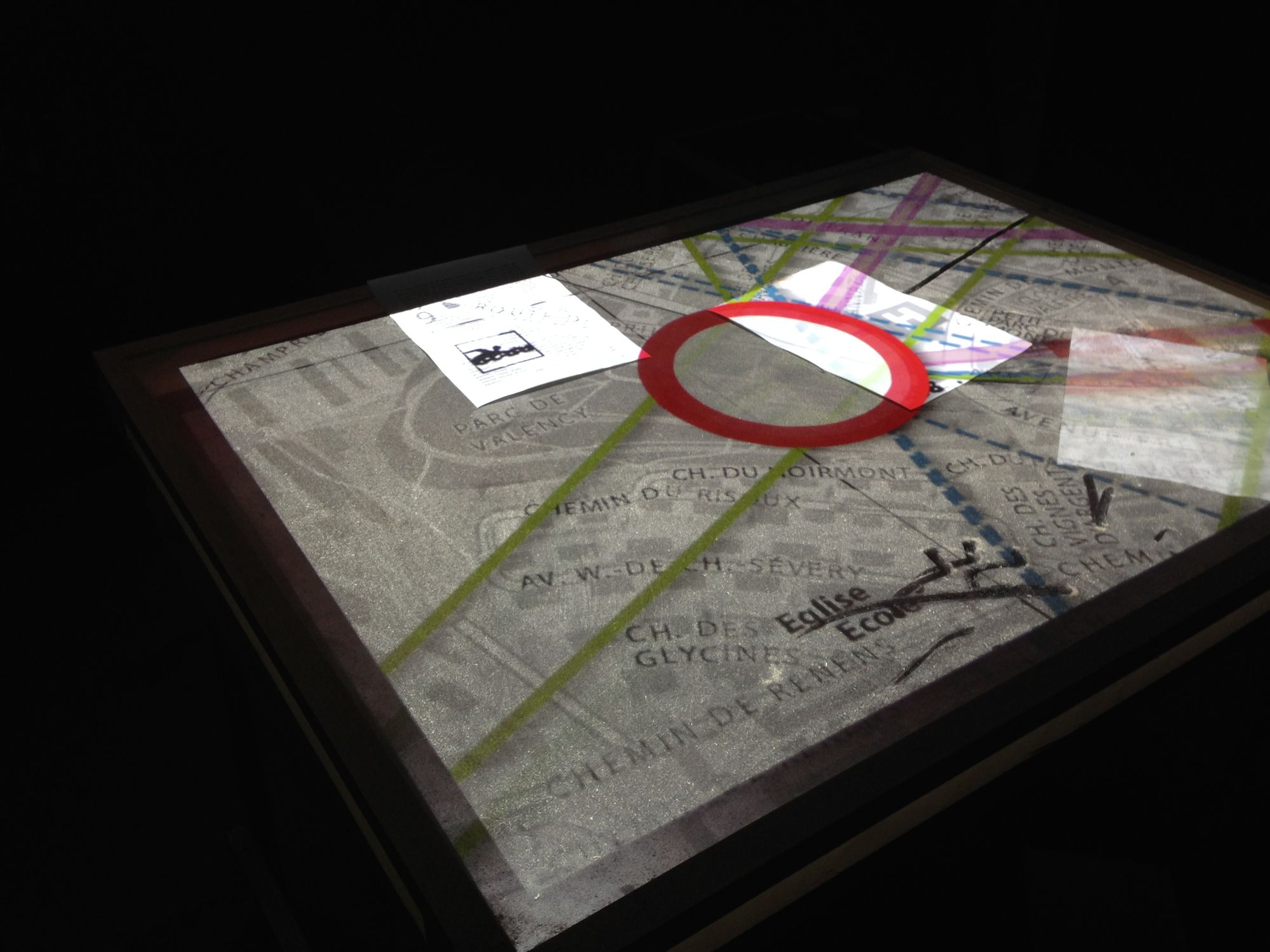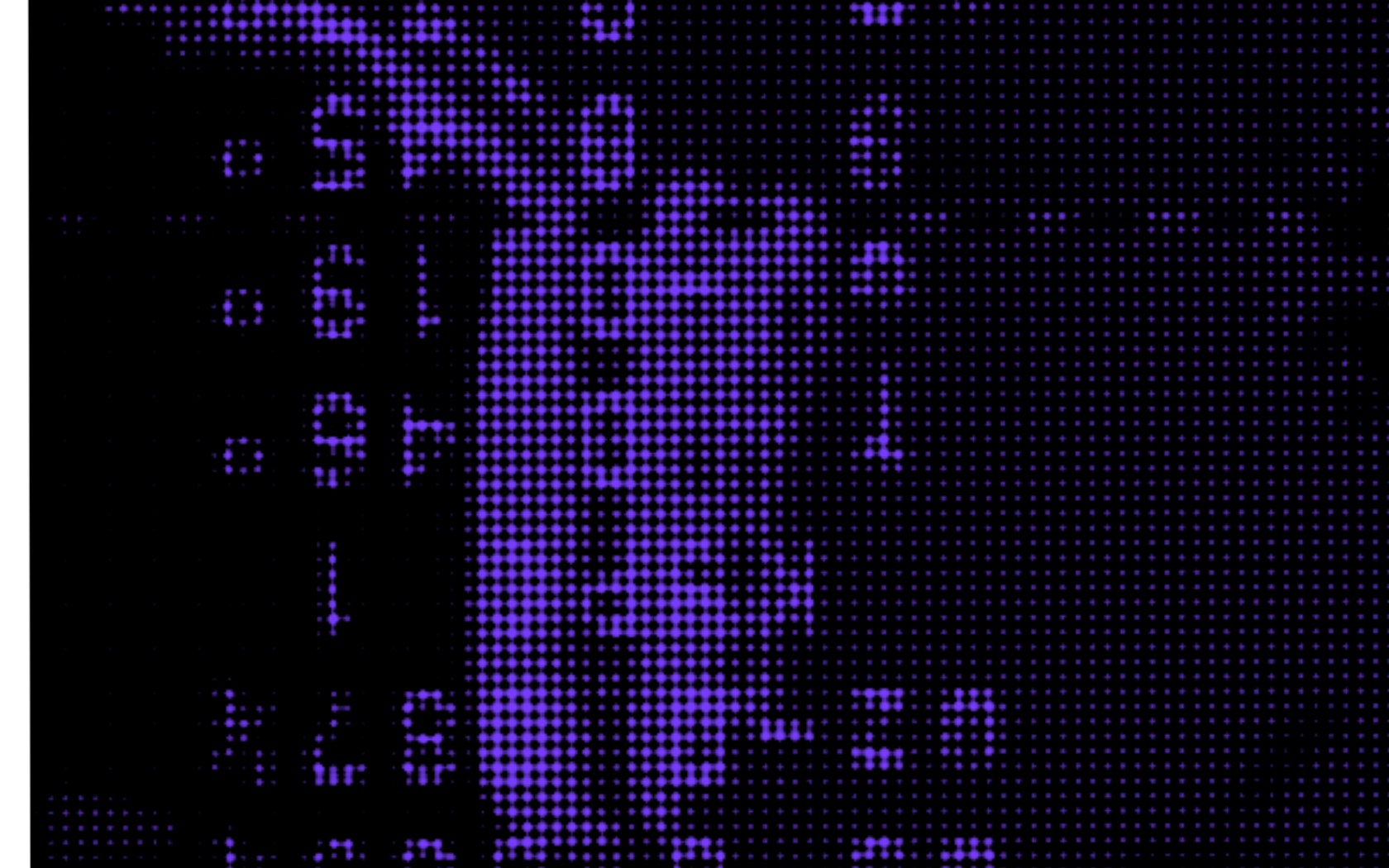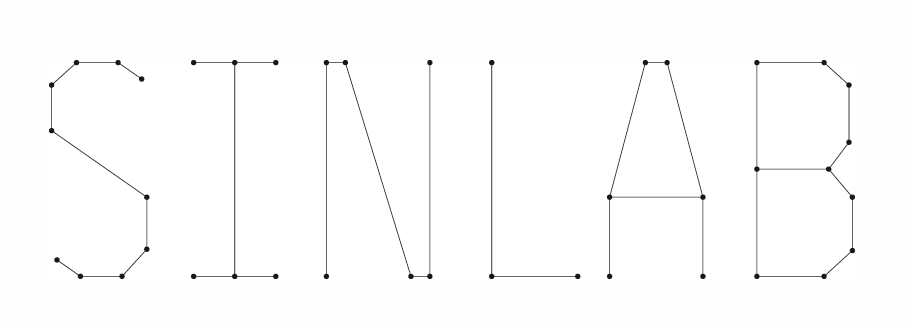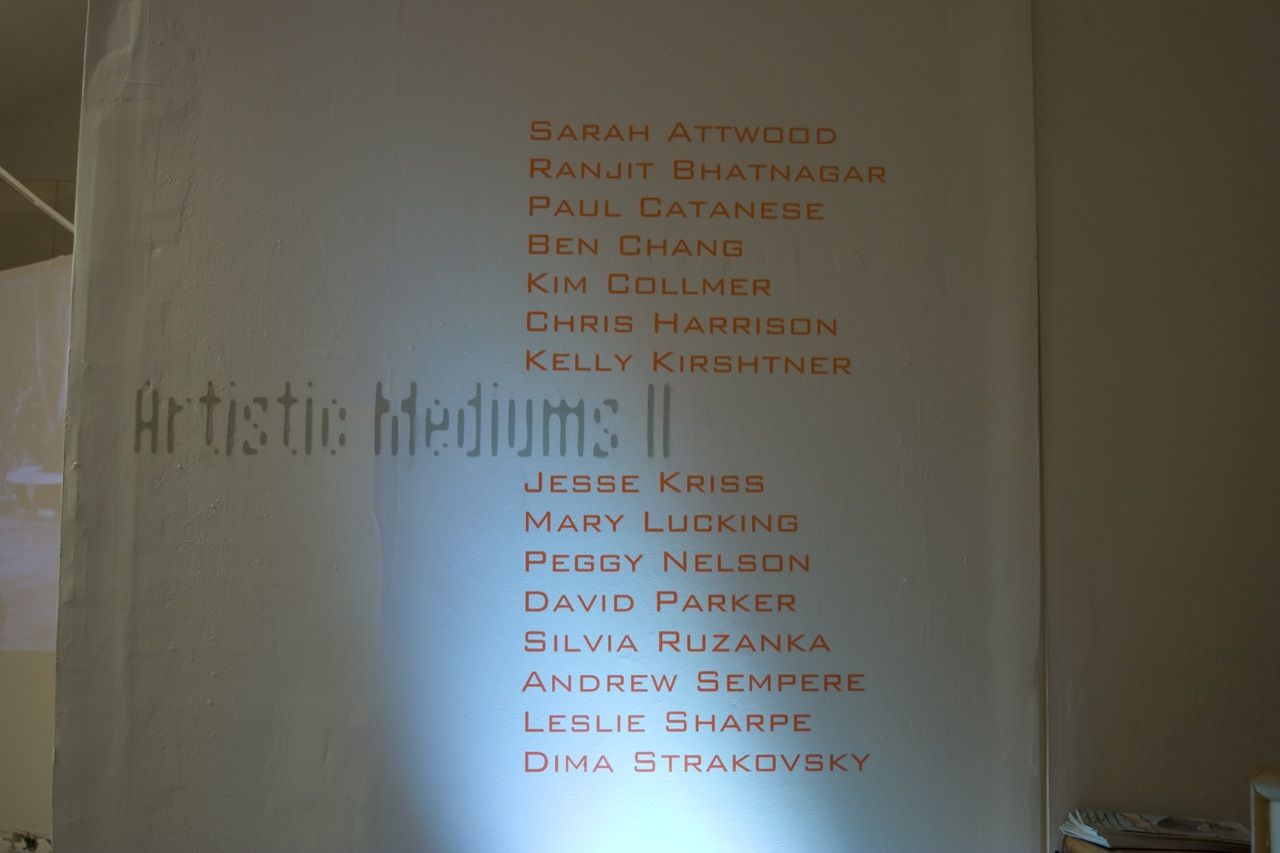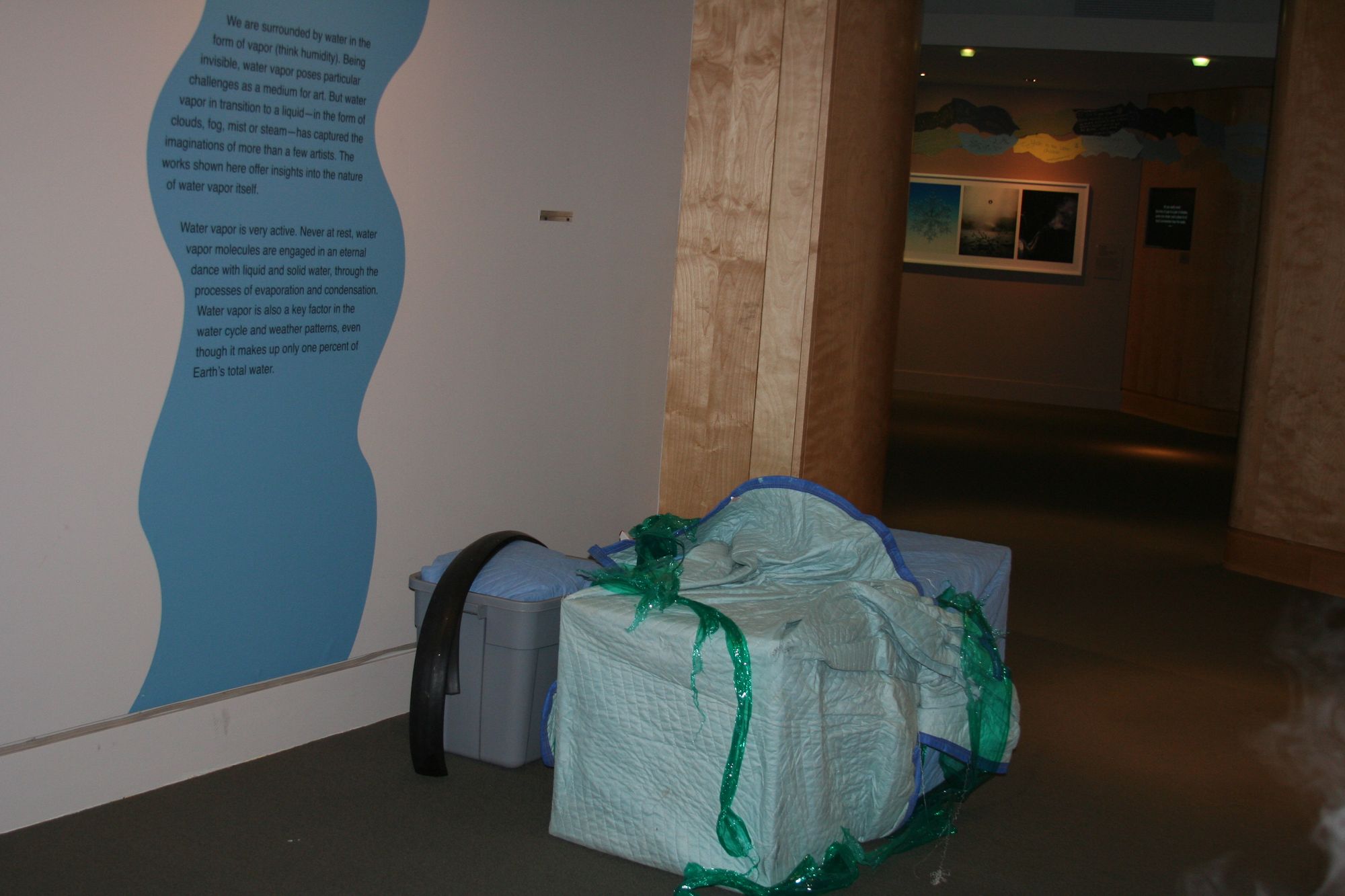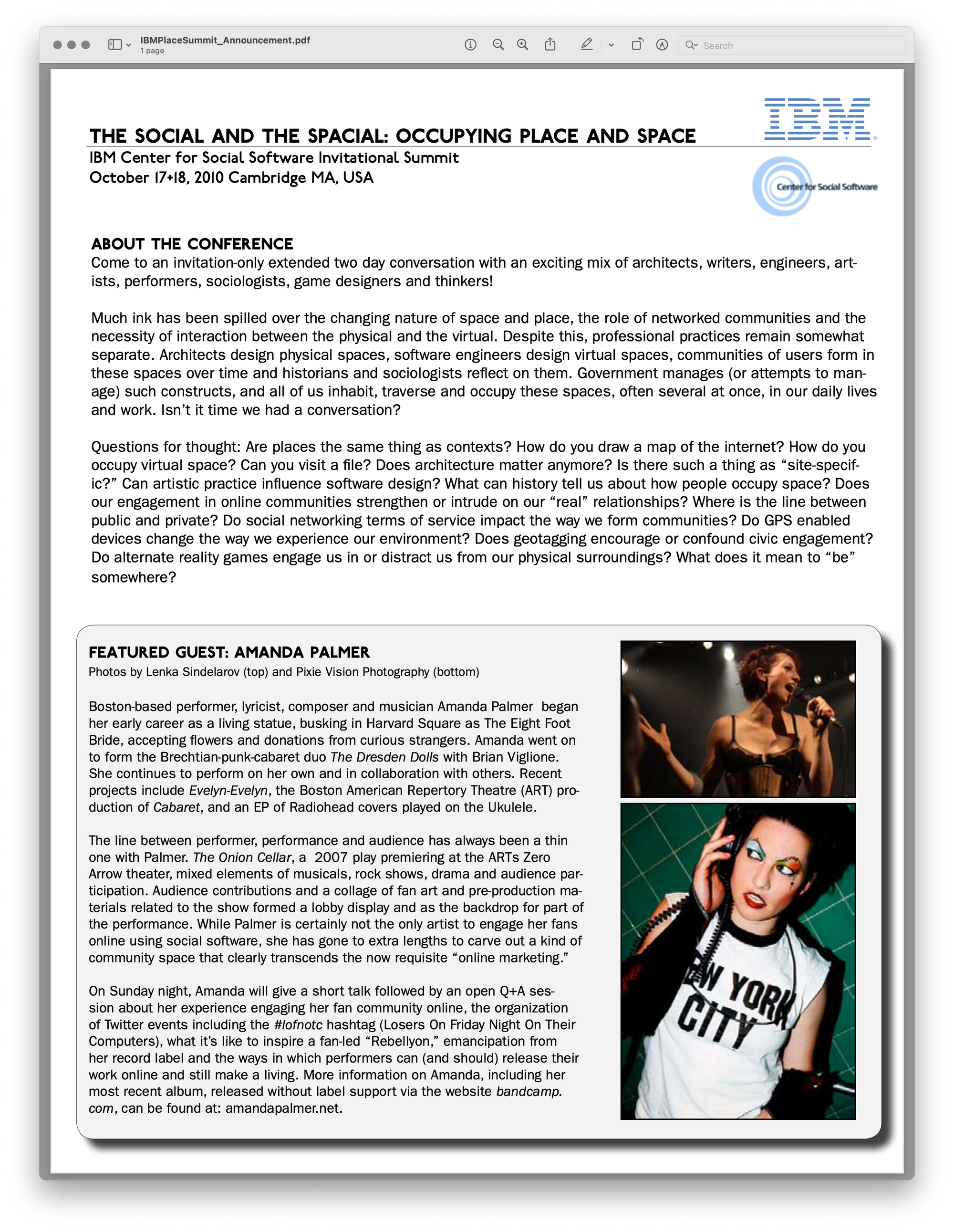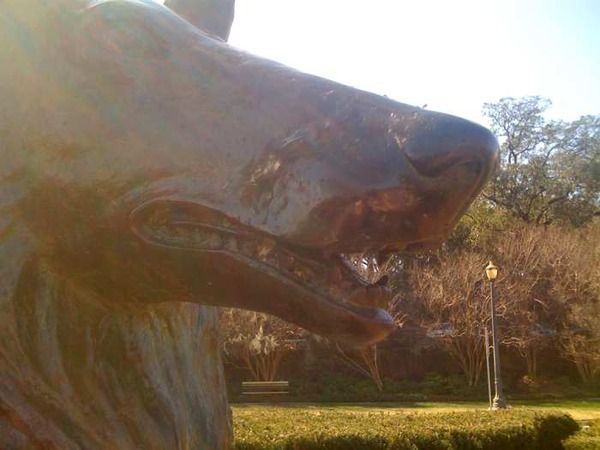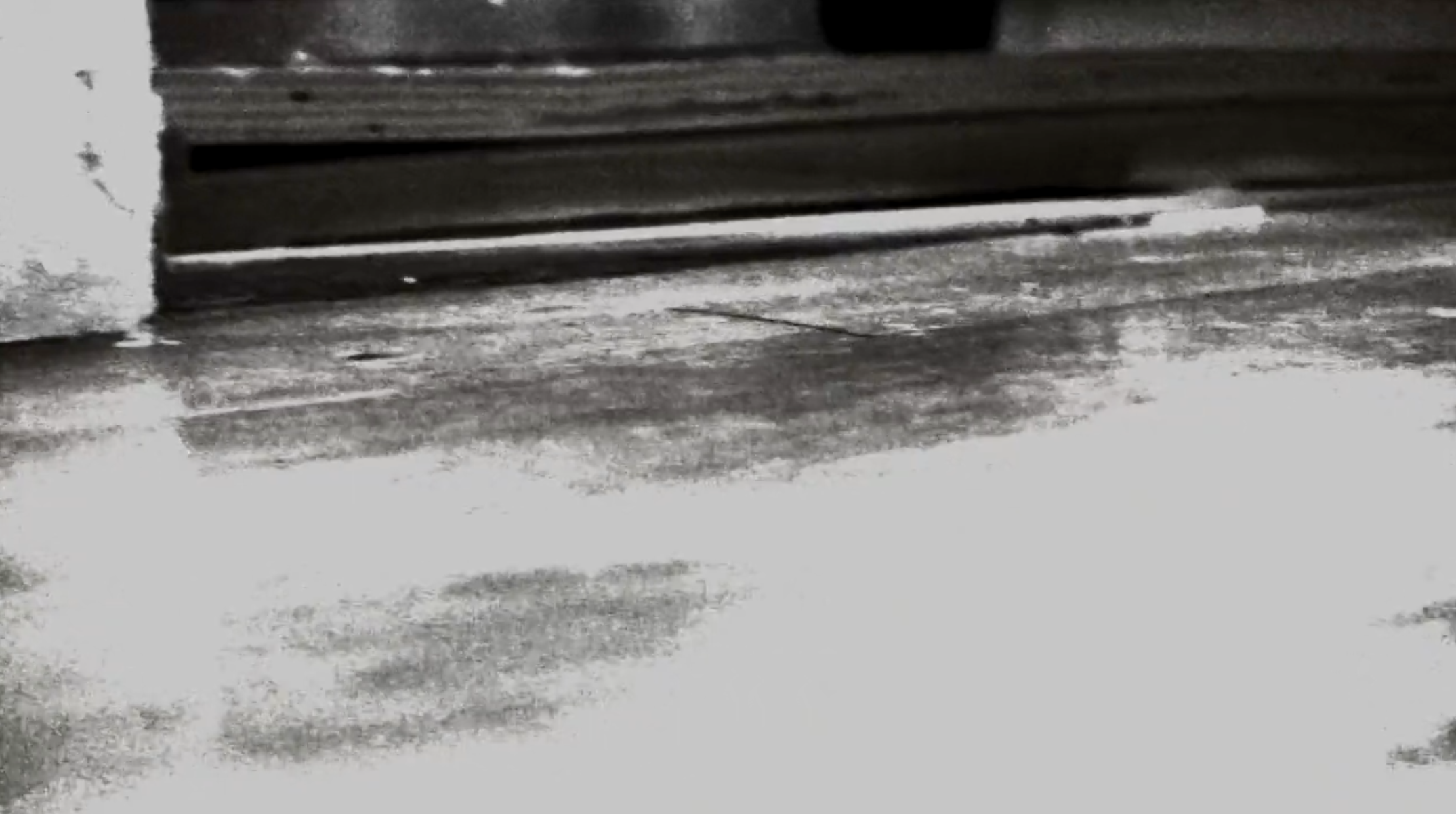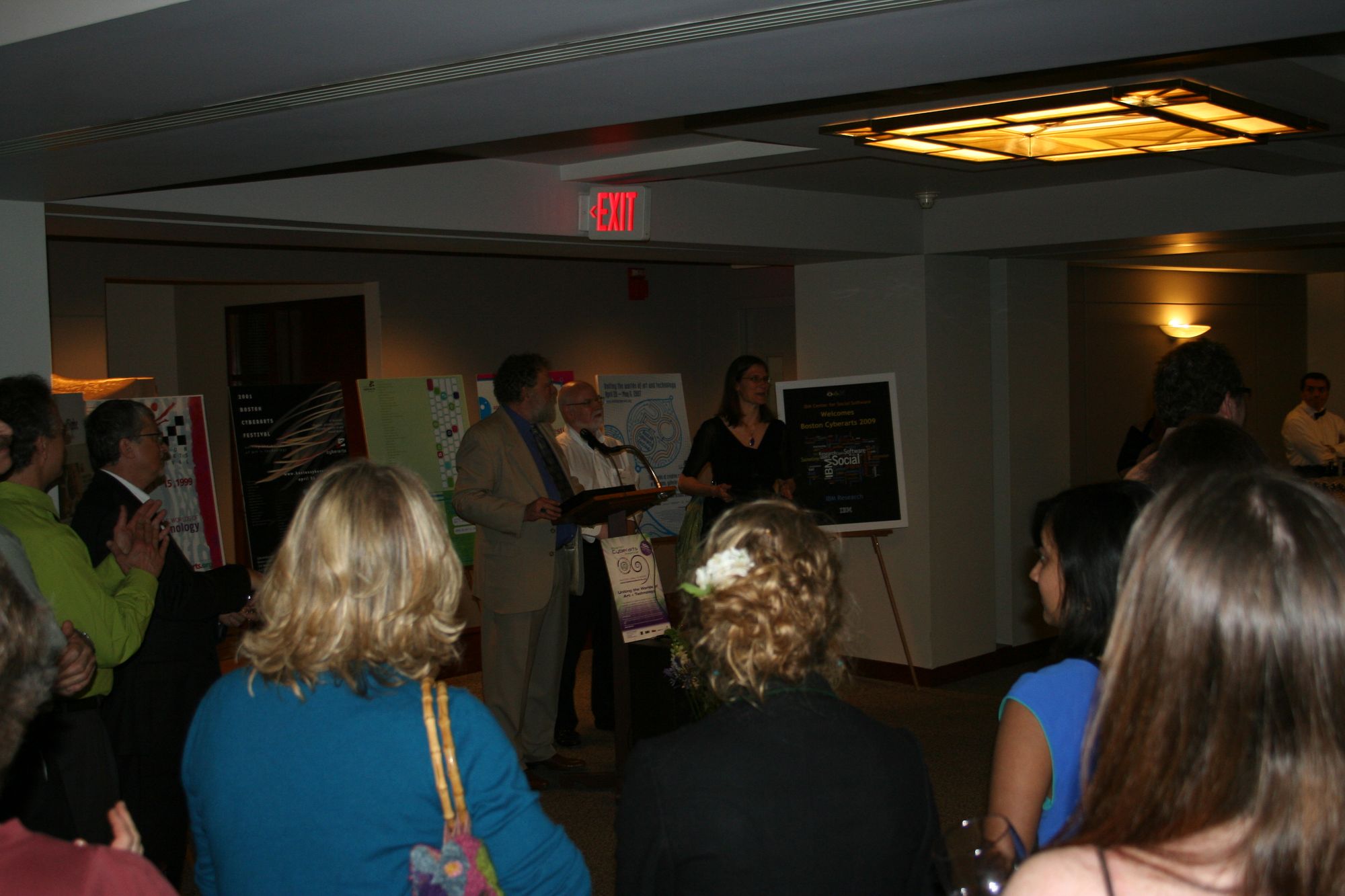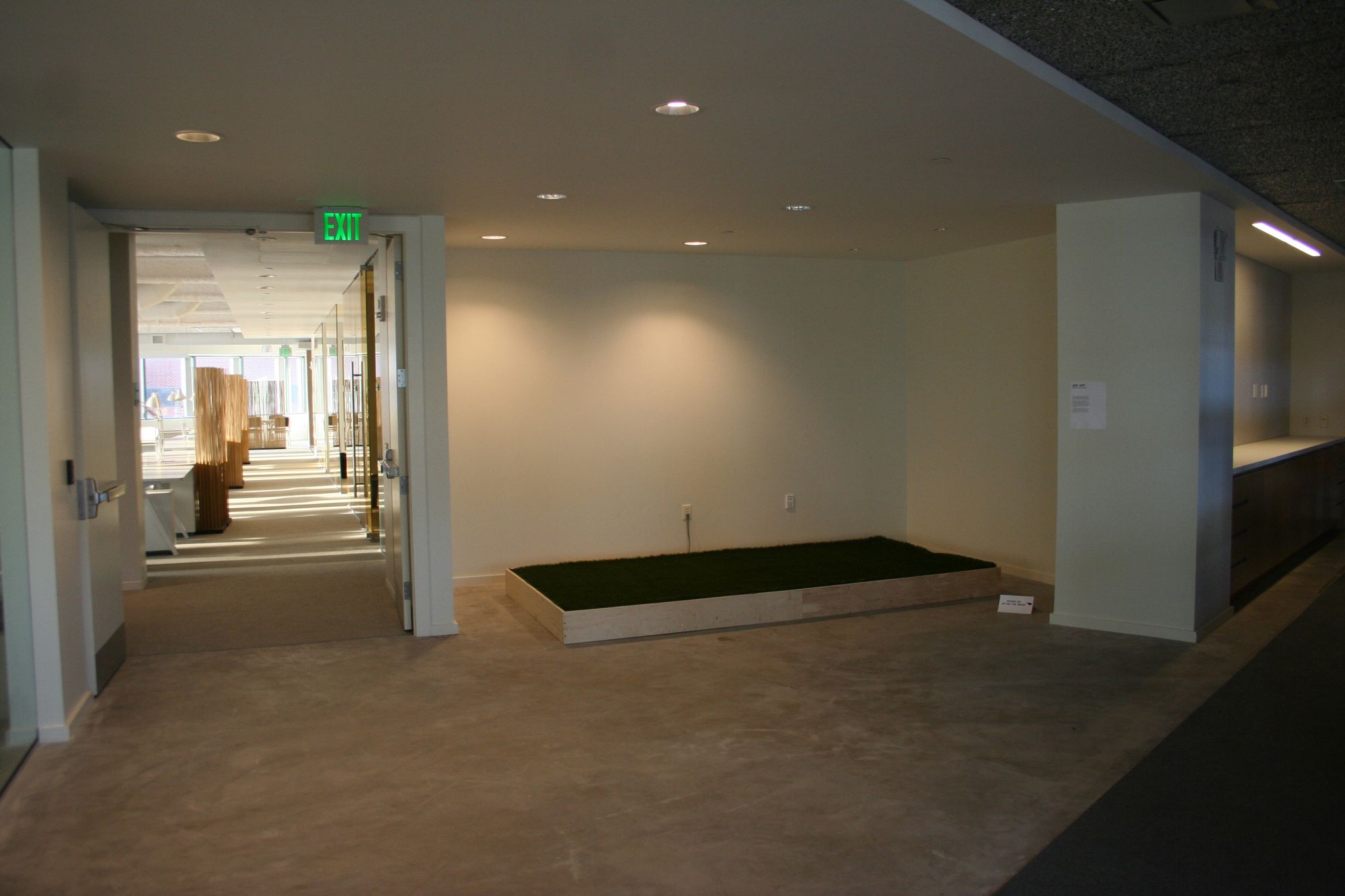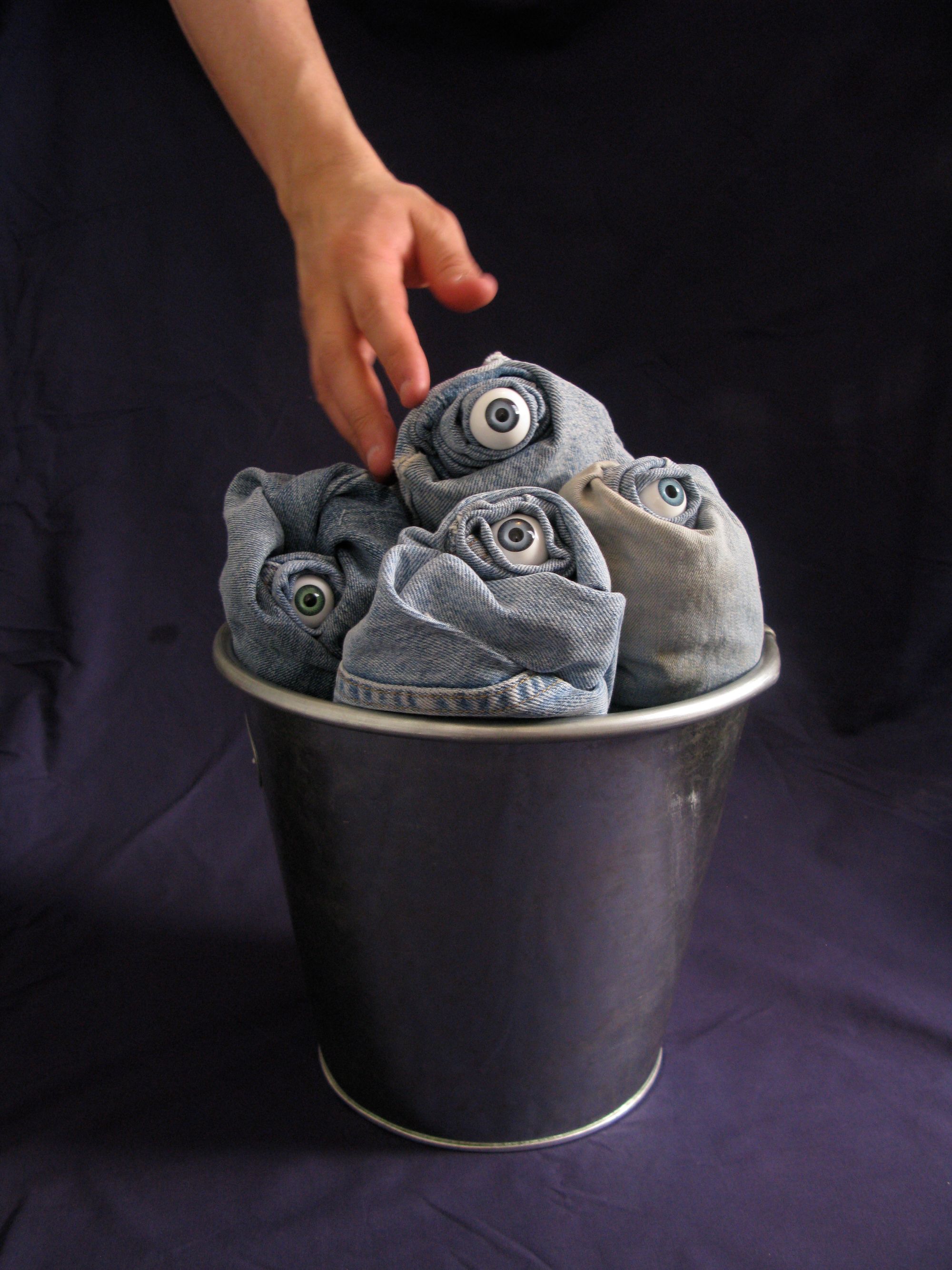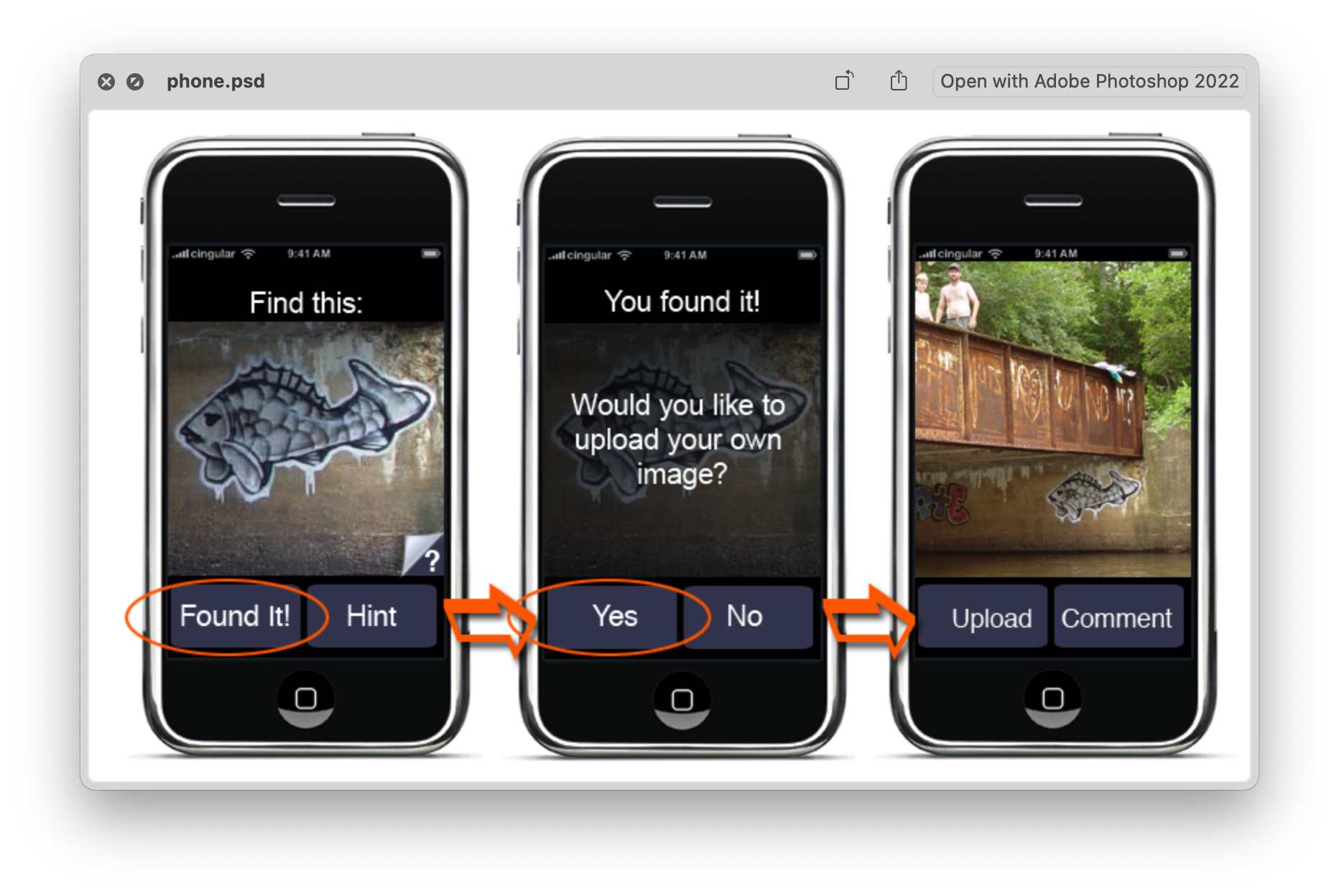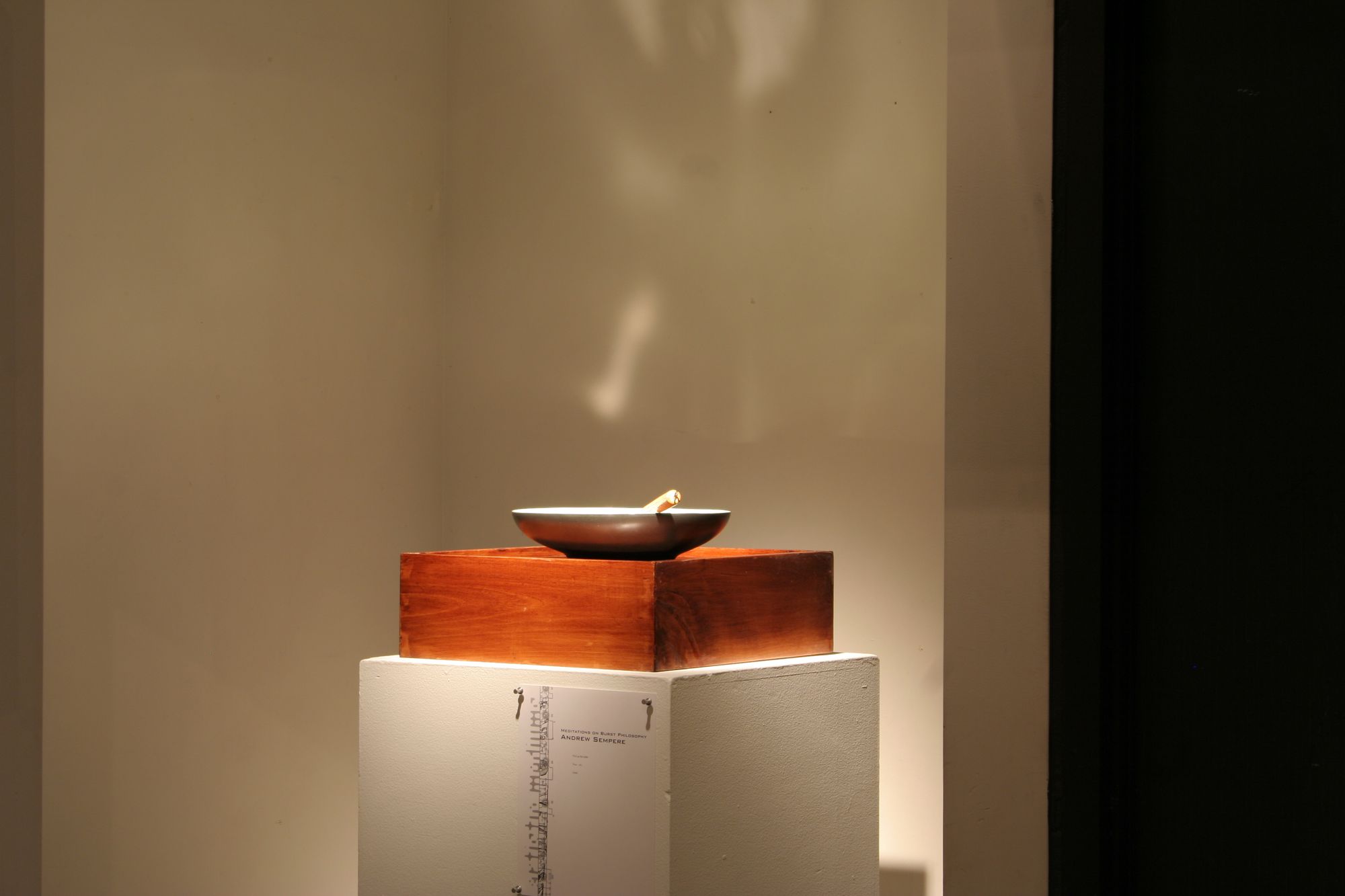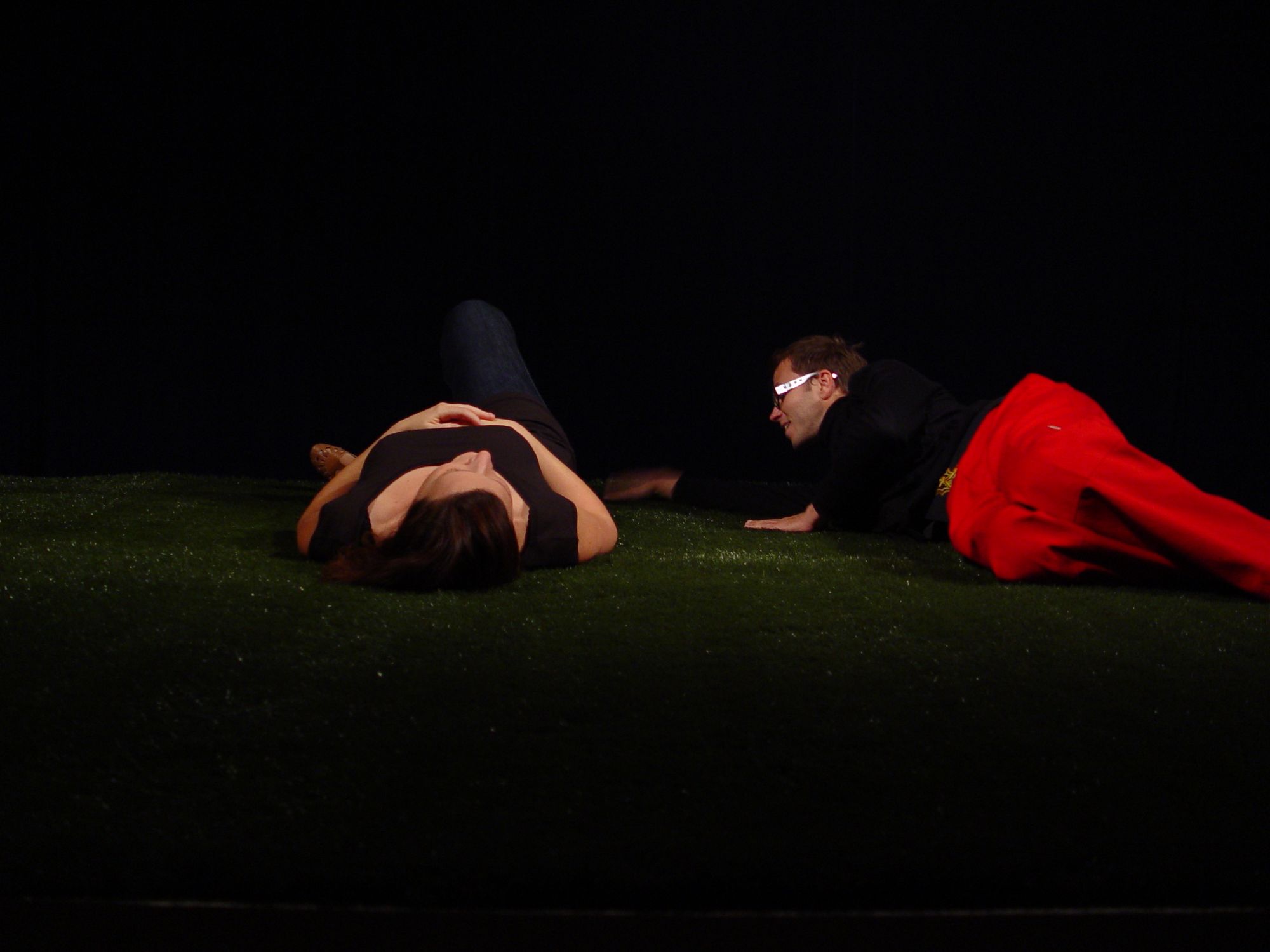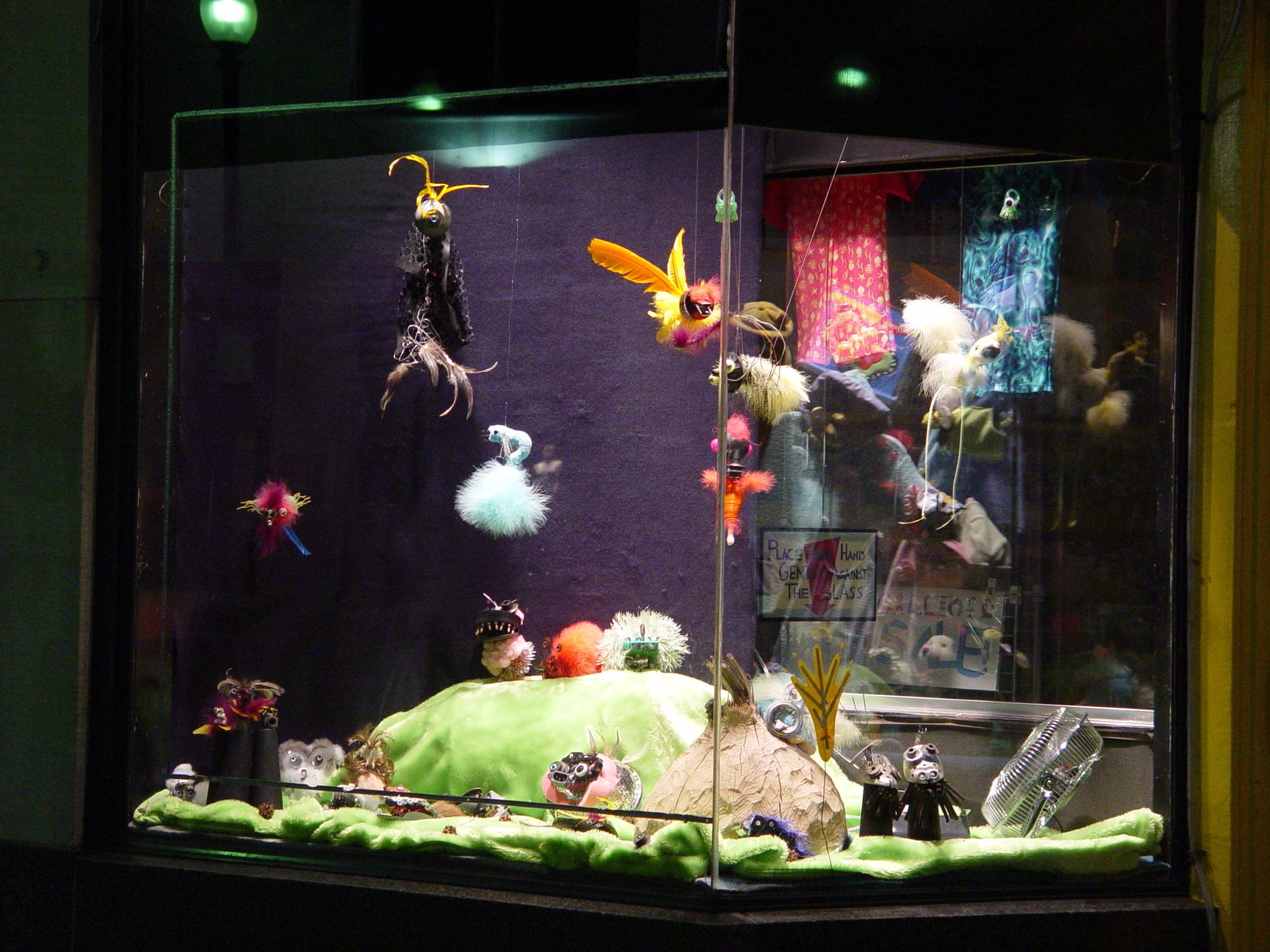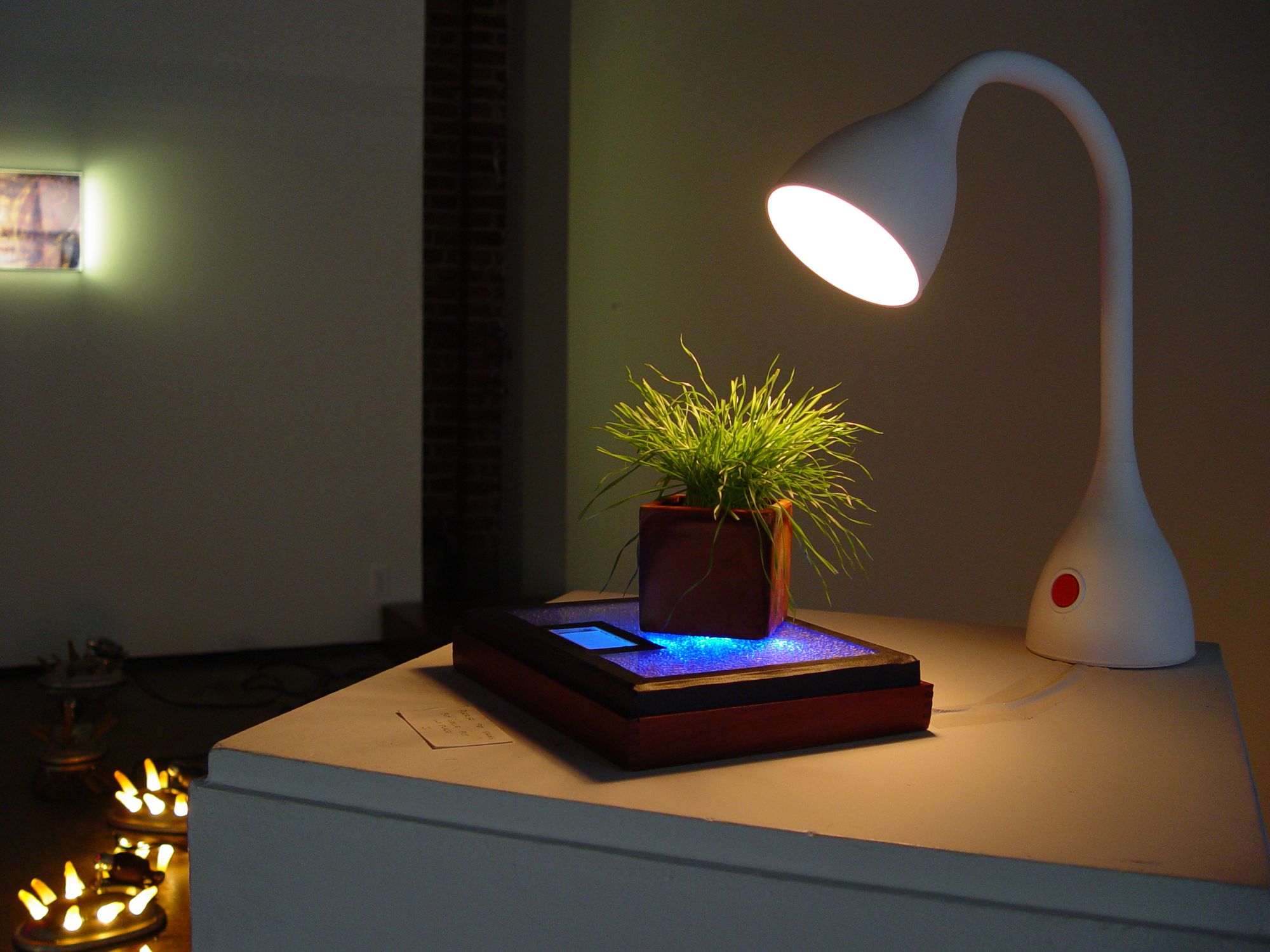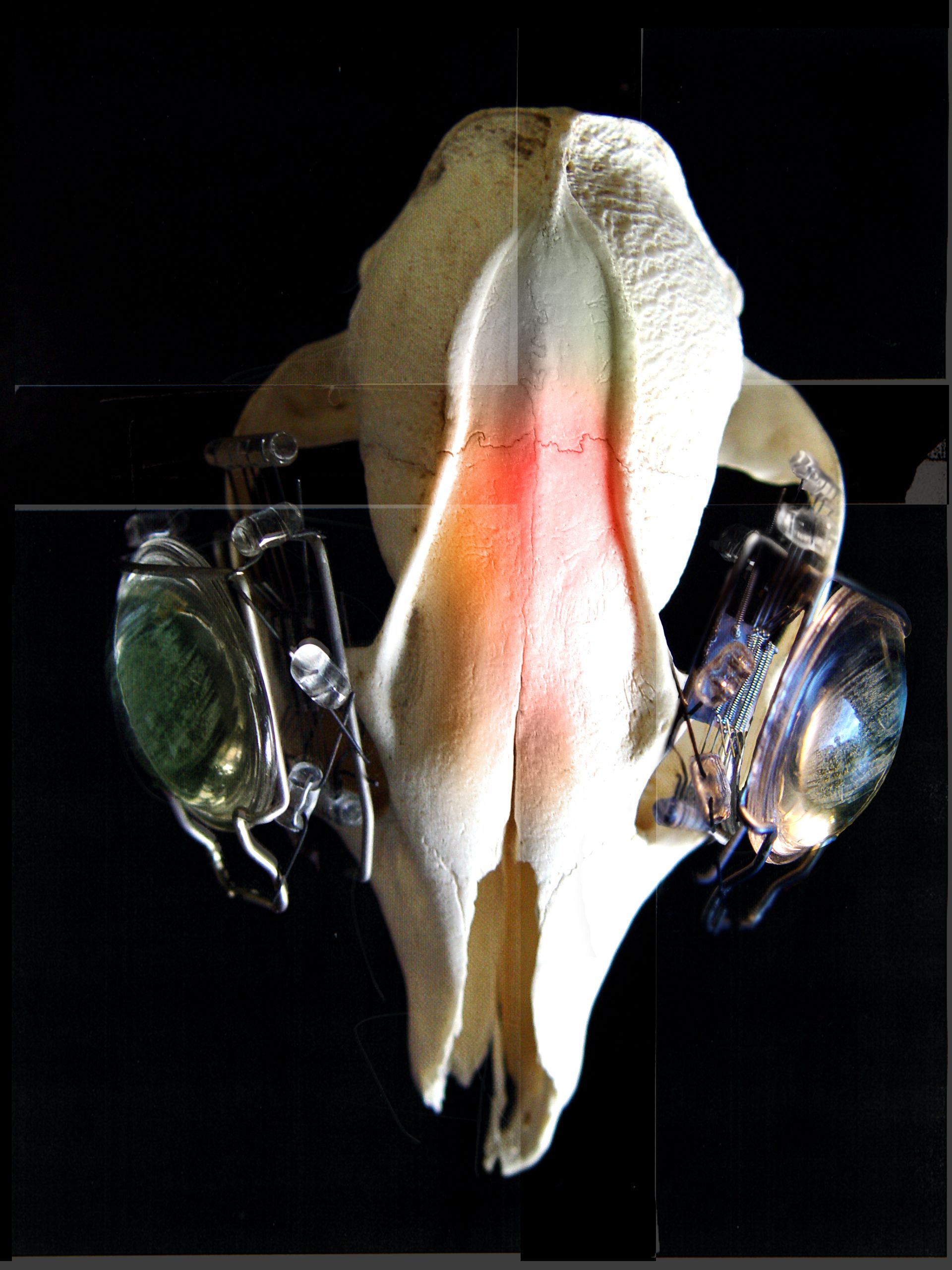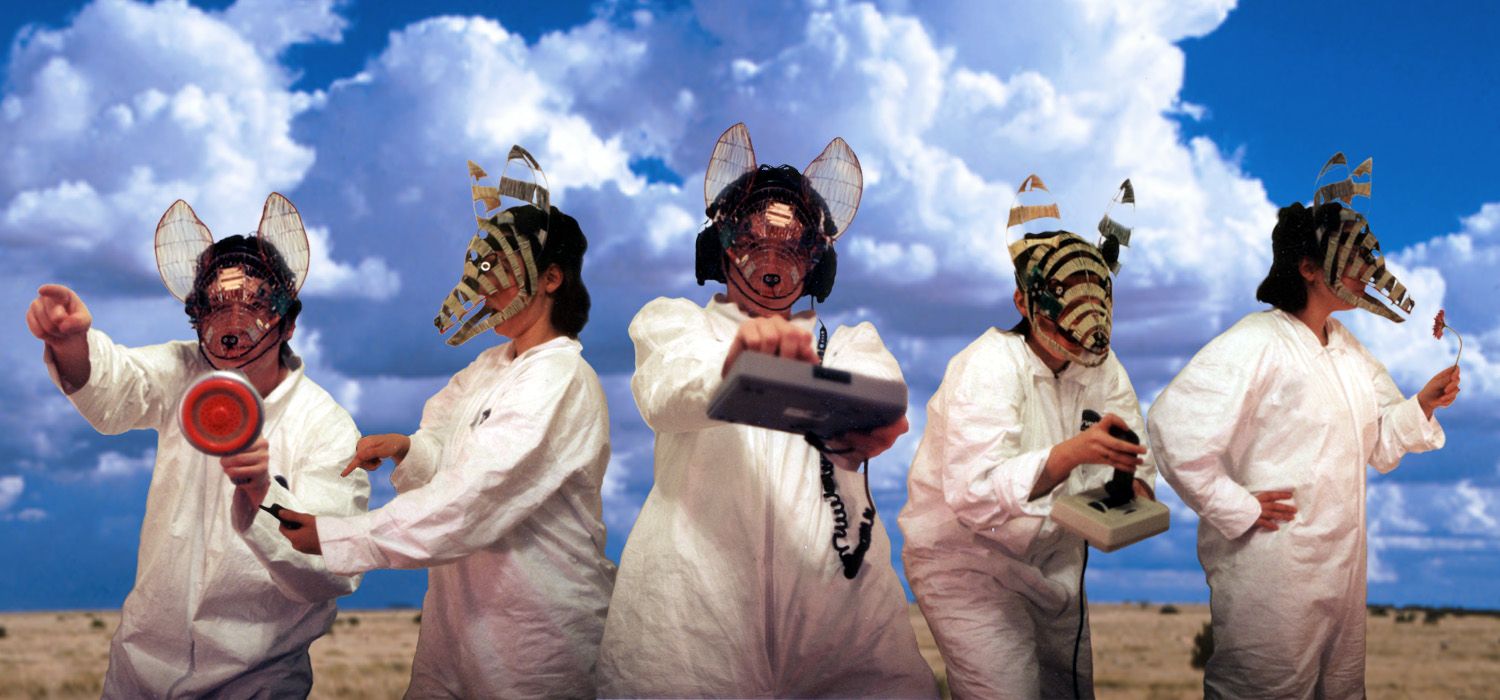Minimum Viable Artwork
Posted by Andrew Sempere on Dec 11, 2013 in Featured, Uncategorized |
That established cultural institutions are having a hard time relating to art and culture made with contemporary technology is painfully apparent. That they want to remedy this by turning towards the incubator model only shows how desperately regressive they are.
My trips to NYC usually include at least one visit to MoMA and the New Museum. I love museums and always have. I enjoy seeing what’s on, even if the work isn’t always inspiring, and I appreciate the historical retrospectives that only a good and well funded archive can support. I also enjoy being surprised. I usually hate design exhibitions, but I thought MoMA’s Design and the Elastic Mind (2008) was well done, and the New Museum’s Ghosts in the Machine (2012), while not perfect, was an intriguing and much needed look at the roots of contemporary art and tech practice (although the List Center’s Stan VanDerBeek retrospective (2011) was better.)
Some museums, like the Museum Tinguely in Basel which hosted METAMATIC Reloaded (2013), or the DeCordova which held a Pat Keck retrospective (2004), are worth noting because they more than occasionally seek out and engage art practitioners who are working in the field of art and technology but, and this is key: probably don’t look like it.
It is unlikely that any of the artists featured in the exhibitions I mentioned above will be found writing Python code over a cafe midnight at Ritual (unless it’s their day job) because, for the most part, in the ecosystem of the artists I admire who are chasing the meat of art and tech, there couldn’t be three institutions less relevant than New York’s major museums, startup culture and (since I’m barbecuing sacred cows): hacker spaces.
This is not to say that these institutions are inherently evil or bad at what they do, it’s just to say that they are at best not particularly relevant to art production and at worst unintentionally destructive. In all cases this has mostly to do with their formal positions with regards to the dreaded market.
Major museums may wish to have a broad cultural mission and many even succeed on occasion, but they exist largely to condense, wash, clean, process and present the dirty fucked-up art world for preservation and trade. They are in the packaging business. If an artwork appears in MoMA it has been dipped in preservative and the edges have been filed off. This doesn’t mean it isn’t delicious, but Hostess isn’t your neighborhood bakery (which, in any case, is still a business and nothing at all like your grandmother’s home cooking). Museums, while occasionally flying the flag of the freaky creative class, have more in common with financial institutions than artist studios. (Quick: name one heist film that featured burgling a working artist).
As cultural entities, hacker spaces usually position themselves in heroic DIY opposition to capitalist spirit, and while I find this both admirable and occasionally enjoyable, it obliges one to embrace the market notion completely. You cannot void a warranty if you don’t first acknowledge the warranty's possible validity. You cannot free information if you don’t first internalize the notion that information can be owned. Hacker spaces do indeed support our right to 3D-print new objects of desire, but they do this on the assumption that an economy of scale already exists to provide large quantities of pure ABS plastic. I am deeply grateful for the co-traveler spirit of hackers and hacker spaces, but their work is not quite the same as that of artists.
Startup culture has, directly and indirectly, paid my bills for a number of years. I am proud and happy to have seen friends struggle to nurse their business ideas into full fledged companies. I am unabashedly excited at these successes because I’ve seen this labor first hand and so because of this (not in spite of it) I feel fairly confident that none of them will be offended when I say: the startup business model makes for shitty art. There is nothing in the language of funding rounds, minimal viable product or market testing which is in common with art production. It is not hard to see why venture capitalists might like to see themselves as modern-day-Medicis, but these things have nothing at all in common except perhaps cheap beer and long nights. Just ask Kanye.
In the end I don’t want to specifically criticize the New Museum’s venture because I believe it’s a symptom rather than the disease. We have come to believe that art and technology are somehow the same thing, just as we have internalized the idea that creative success and financial success are equivalent.
Art as I know it is messy, complicated, dirty, scary and sharp. It causes problems and fails to measure up and resists categorization. It generates failure. It wastes time and money. It burns through cash and it doesn’t say why.
Museums are archives and represent the endpoint of work, not the wellspring of creativity. If an artwork has solidified out of this primordial state it is not because it represents the “cutting edge” it is because it is finished. As Dave Hickey says: “Whatever happy contingencies fluttered around it disperse, as it departs society and enters “the culture,” where it must necessarily mean less, but to a lot more people. It’s spectator-food, now, scholar-fodder, so you may safely stick a fork in it, tell yourself you’ve won, and go to your room.”
I am not surprised that a major museum as a cultural actor is going to make a safe bet, in particular with regards to technology-based works which are notoriously risky and problematic as art objects. (“It worked five minutes ago” doesn’t fly well among preservationists or collectors). That most of the highly visible contemporary art and technology works currently being displayed are repeatable (if shallow) spectacles is not a major revelation, but it bears a hard look.
It bothers me that the last time I visited the New Museum I ducked into their auxiliary space to be confronted by Nathalie Djurbeg and Hans Berg’s delightfully weird Bird Parade. This was an artist and musician I had never heard of before, and I stayed until the guards kicked me out. Next time, a visit to the same space will require an NDA and likely revealing nothing more interesting than a bunch of white dudes pounding keyboards and energy drinks.
It bothers me that the notion of artistic risk has been so de-fanged that it can be expressed only in terms of market risk (Serrano’s 1989 Piss Christ was both far more daring and far more beautiful than wasting series A funding, no matter how hot your photo-sharing ap might be).
It bothers me that we even consider business strategy as a replacement for encouraging art production. I don’t anticipate the return of public arts funding for individual artists in the United States, but in a world of crowd funding filled with the likes of Kickstarter and Indiegogo and Bandcamp what the art world, (and in particular the art and tech field) needs are a lot fewer “startup incubators” and a lot more Awesome Foundations.




